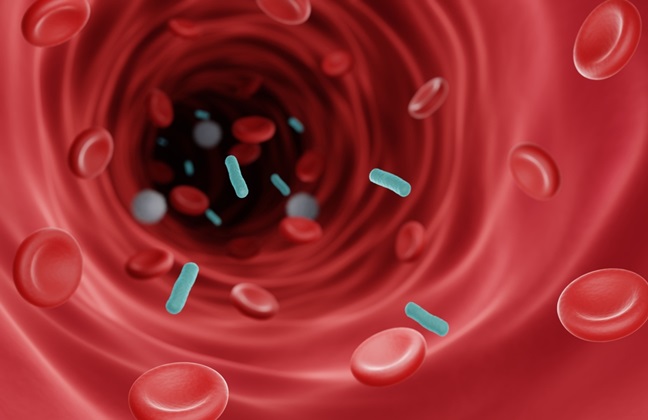Unique Blood Biomarker Shown to Effectively Monitor Sepsis Treatment
Posted on 12 Nov 2024

Sepsis remains a growing problem across the world, linked to high rates of mortality and morbidity. Timely and accurate diagnosis, along with effective supportive therapy, is essential in reducing sepsis-related deaths. Now, a new study has found that a blood biomarker could serve as a promising clinical tool in antibiotic stewardship for sepsis management.
The study, conducted by scientists at the University of Uppsala (Uppsala, Sweden), aimed to assess the kinetics of four biomarkers in plasma from patients admitted to the ICU, including those with sepsis, and during antibiotic treatment. The study included 277 ICU patients, of whom 30% had sepsis, with the rest categorized as miscellaneous, other medical conditions, or trauma patients. Antibiotic treatment was either initiated or adjusted upon ICU admission. Plasma samples were collected at ICU admission and on days 2 and 3 of follow-up. The biomarkers studied were HBP (Heparin-binding protein), HNL Dimer (Human Neutrophil Lipocalin), HNL Total, and PCT (Procalcitonin). The data was compared to clinical scores like SOFA and KDIGO, as well as patient survival rates.
The study findings published in the journal PLOS ONE show that plasma levels of all four biomarkers were significantly elevated, with the highest concentrations observed in sepsis patients. Over the follow-up period, HNL Dimer levels decreased by day 2 and continued to drop by day 3 (p<0.00001), while the other three biomarkers remained unchanged. HNL Total demonstrated the strongest correlation with the clinical scores (p<0.0001) and was independently associated with these scores based on multiple regression analysis. These findings confirm their earlier research suggesting that HNL Dimer could be a valuable tool for antibiotic stewardship in sepsis, with HNL Total offering insight into epithelial cell activity and serving as a potential biomarker for managing organ failure in sepsis patients.














